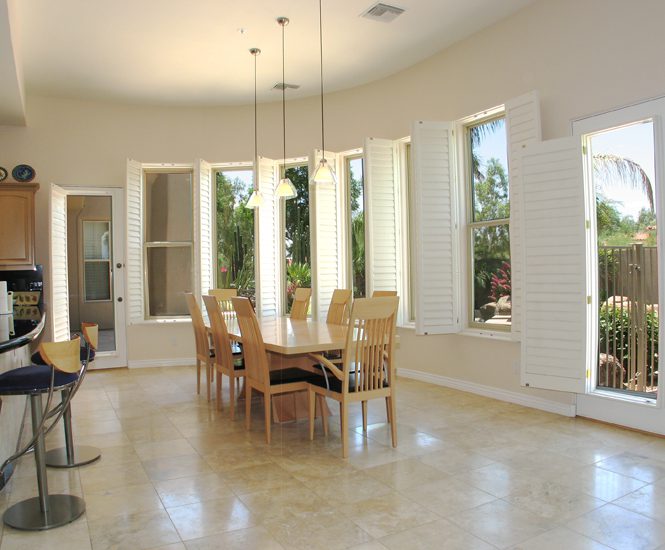MONDAY, MAY 20TH
New and existing home sales data, Fed comments and meeting minutes will likely dominate rate movements this week. Equities were little changed and Treasury yields rose in trading today as investors pondered Chicago Fed President Evans’ remarks that he was optimistic about the economic recovery. Speculation mounted as to the timing of changes in highly accommodative monetary policy and bond and MBS purchase programs currently in place. The benchmark 10-year yield was up 1bps to close at 1.965%.
TUESDAY, MAY 21ST
The FOMC minutes from the April 30-May1 meeting again continued to show a Committee divided about the appropriate timing for tapering off asset purchases. Most of the discussion centered on the appropriate size of the balance sheet; the strength of the economy in relation to the Feds exist strategy was also debated. Fed Chairman Ben Bernanke warned of unwinding stimulus too soon but acknowledged there is a chance the Fed could begin to taper asset purchases at one of the next few meetings. Economic growth and inflation data will likely be the key determinants in dialing back QE; economists are not expecting large changes this year and will continue to adjust expectations on a meeting to meeting basis.
WEDNESDAY, MAY 22ND
The MBA mortgage applications index fell 9.8% for the week ending May 17. This follows a 7.3% decline in the previous week. The purchase index was down 3.0% last week as the refinance index tumbled 11.7%. Volatility in application activity is probably related to another jump in contract mortgage rates. After jumping 8 bps in the prior week, the 30-year fixed was up 11 bps last week to 3.78%.
Existing home sales which include single-family, townhomes, condos and co-ops increased 0.6% in April to an annual rate of 4.97 million, less than expectations for a rate of 4.99 million. Home re-sales are now 9.7% above their year ago level. Distressed properties accounted for 18% of total sales last month, down from 21% in March; all cash sales were 32% of all transactions in April up from 30% in March; first-time buyers made up 29% of sales in April compared with 30% in March, while investors comprised 19% of total transactions unchanged from March. Existing home sales overall continue to trend modestly higher. Regionally, sales were up in all areas except for the Midwest where they fell 3.4%. The inventory of homes available increased 11.9% in April to 2.16 million which represents a 5.2 month-supply at the current sales pace. Spring selling season and recent price gains are probably bring ing more homes into the market. Home prices were up in April from April one year ago with the median price for an existing home gaining 11.0% to $192,800. Demand remains solid but in some areas tight supplies of homes at lower price points are constraining sales especially in the West. The NAR reports that median time on the market for all homes was 48 days in April vs. 83 days in April 2012. Economists expect the housing market recovery to continue this year amid stronger demand and high affordability.
THURSDAY, MAY 23RD
Jobless claims fell 23k to 340k for the week ending May 18. This partially reverses a 35k jump in claims in the previous week. Claims have dropped back below the 350k range indicating continued slow improvement in the labor market. Expectations are for job growth to continue at a modest 150k a month pace for the month of May.
New home sales increased 2.3% in April to a annual rate of 454k; this follows an upwardly revised March rate of 444k. New home sales are now 29% above their year ago level in April 2012. Sales gains were located in the South and West; sales declined in the Northeast and Midwest. Inventories remain quite lean at a 4.1 month supply at the current sales price. New home prices also advanced again amid strong demand and limited supply. The median price for a new home was up 14.9% on the year to $271,600.
FRIDAY, MAY 24TH
|
Stock Market Close for the Week |
||||||||||||
|
WEEK IN ADVANCE
The holiday shortened week yields plenty of data on manufacturing, housing and consumer sentiment. Recent trends are generally expected to continue, with weak manufacturing growth, recovery in home sales and prices and stabilizing consumer attitudes.













